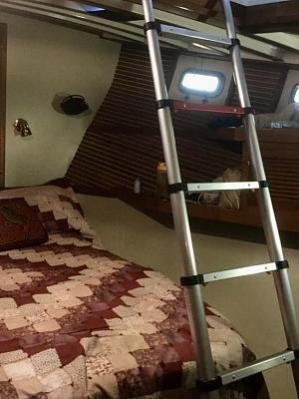The most troubling small vessel tragedy in US waters in recent years happened three years ago today. Although the exact cause remains unclear, the deaths of 34 people aboard were absolutely preventable. Here is an update on the NTSB's recommendations:
https://www.workboat.com/government...eaN3fxUqvnbzZg-HMAQZ1eUDNo-LmXD8008PLPP114I8d
https://www.workboat.com/government...eaN3fxUqvnbzZg-HMAQZ1eUDNo-LmXD8008PLPP114I8d




